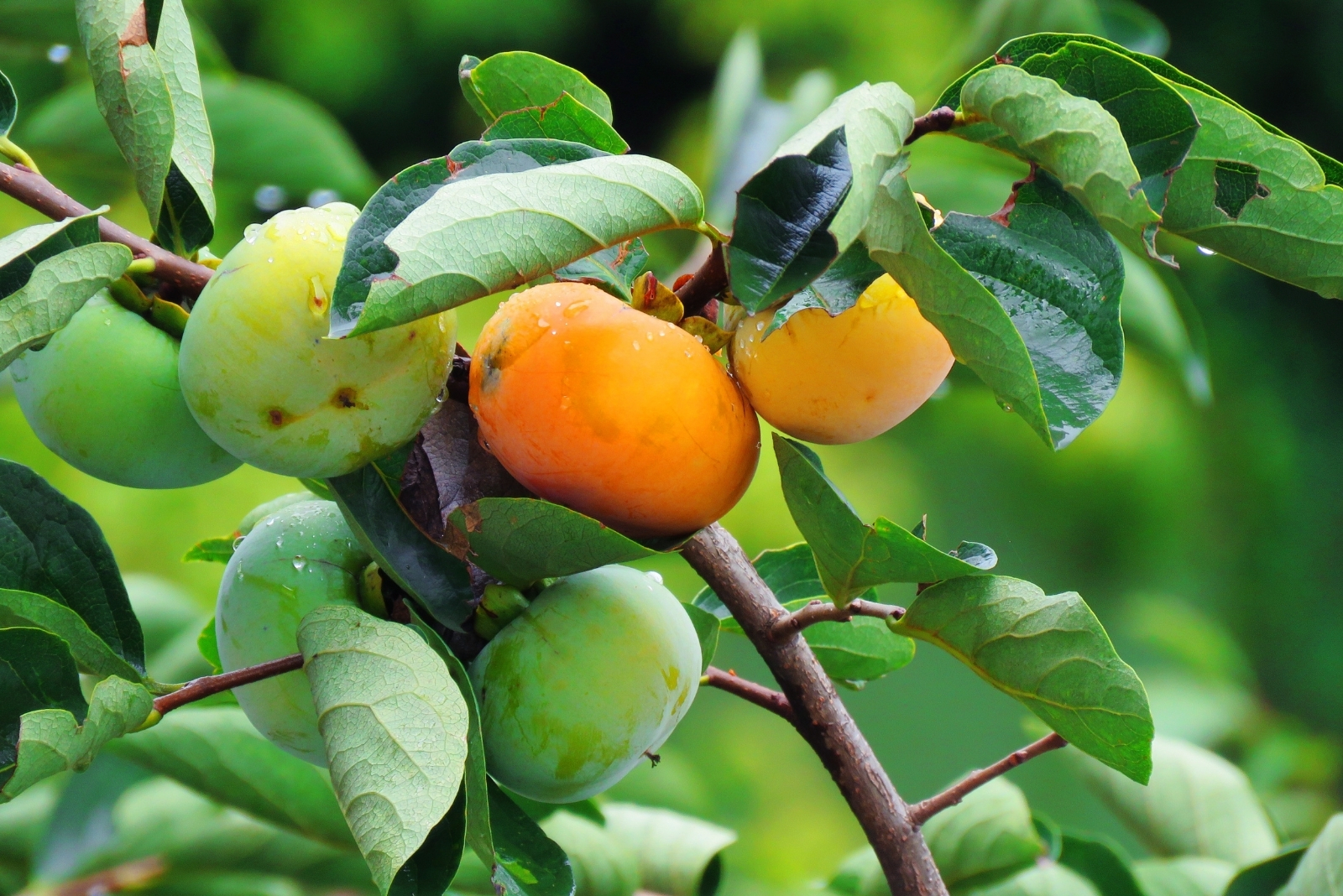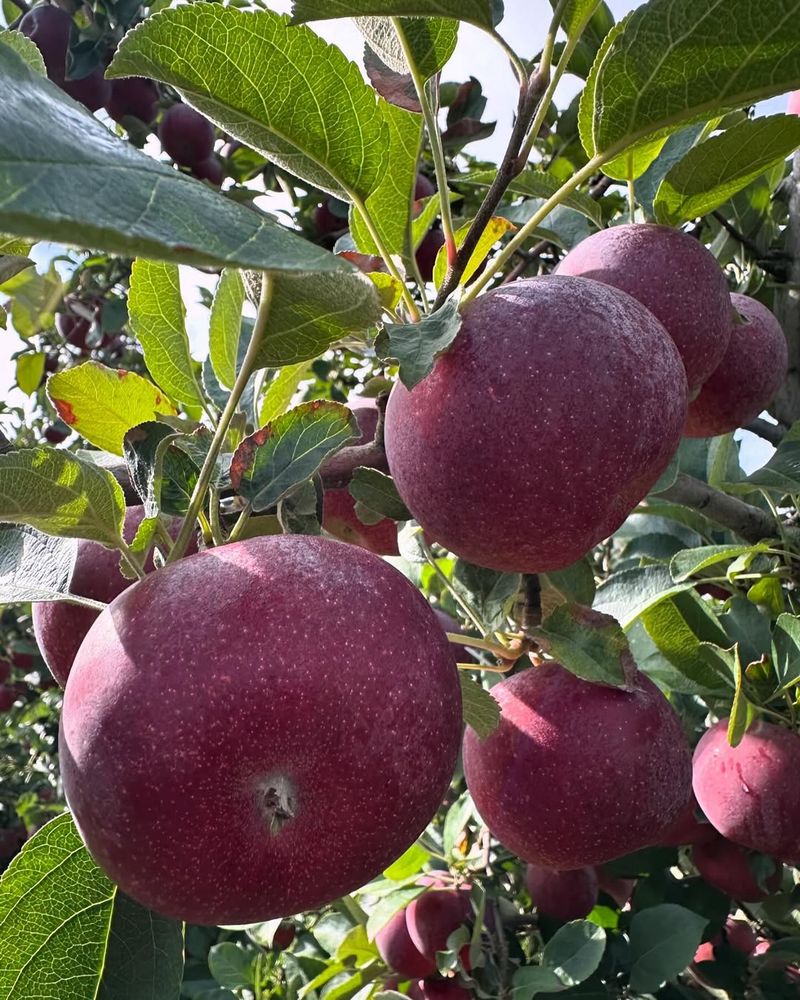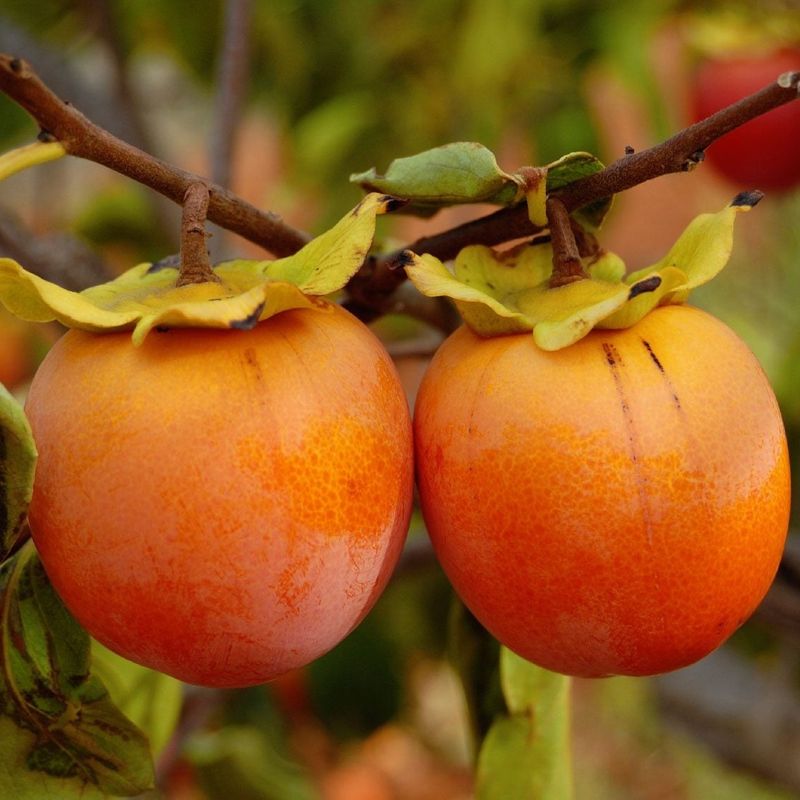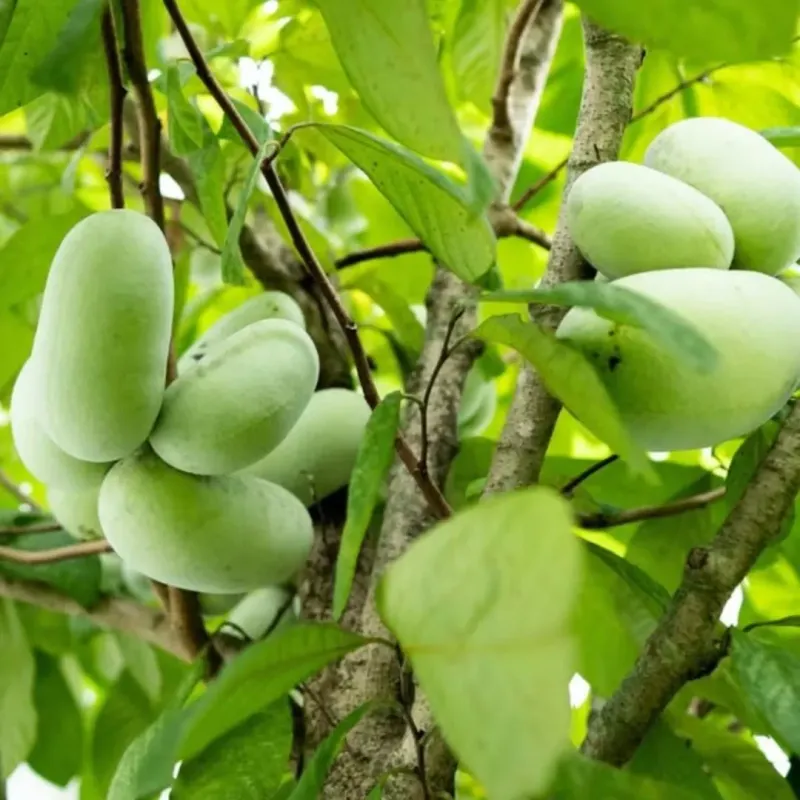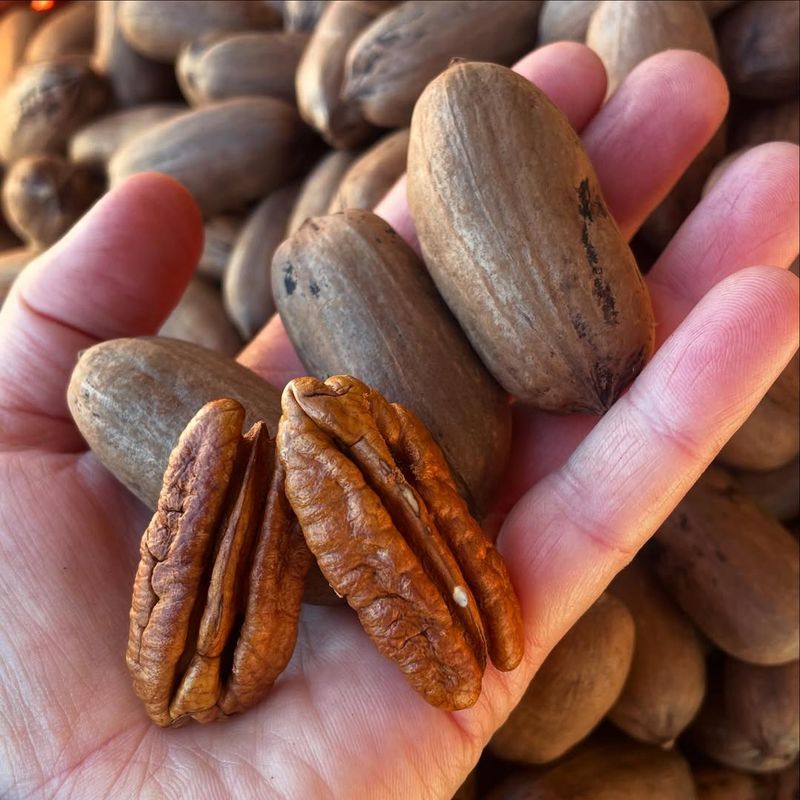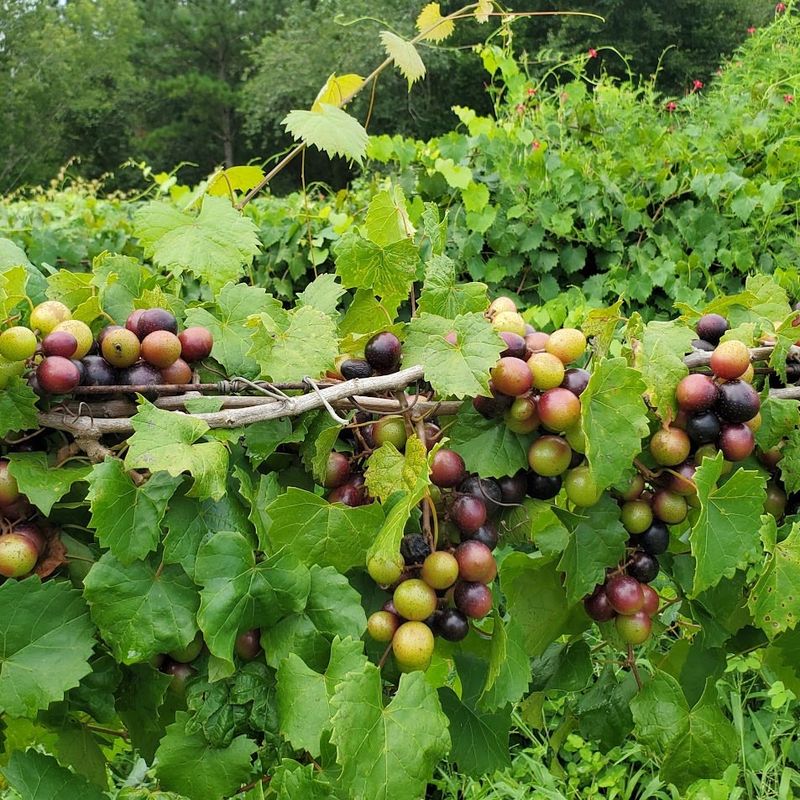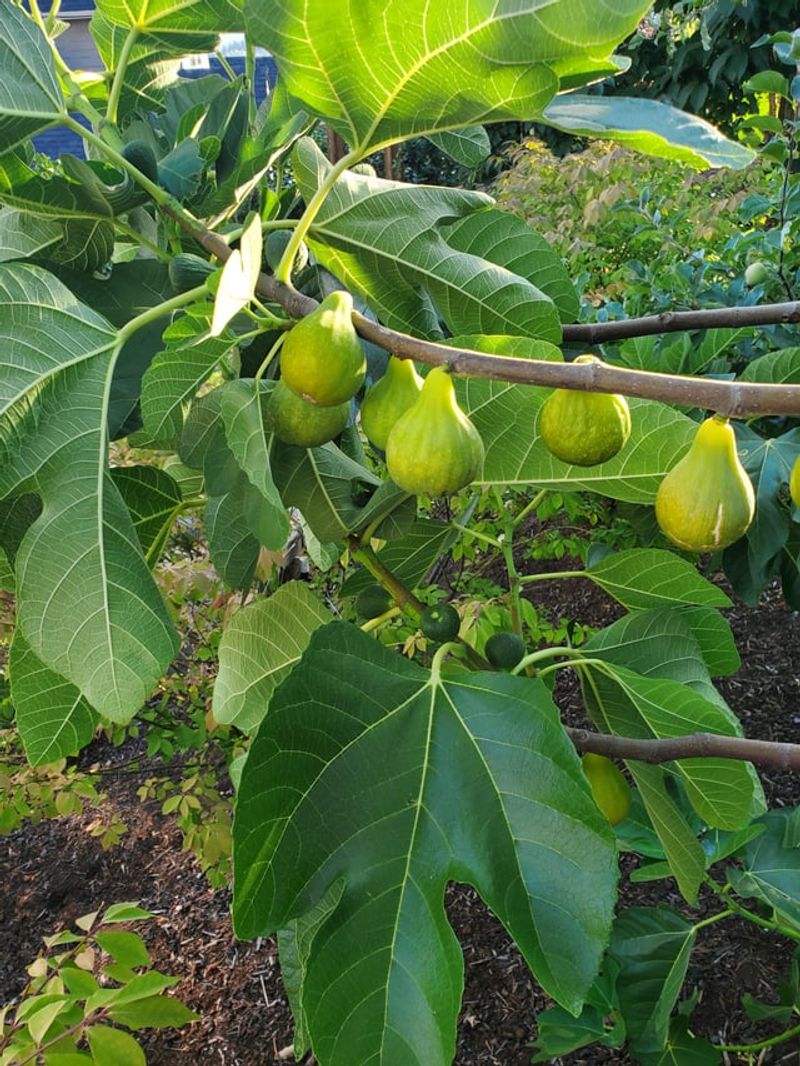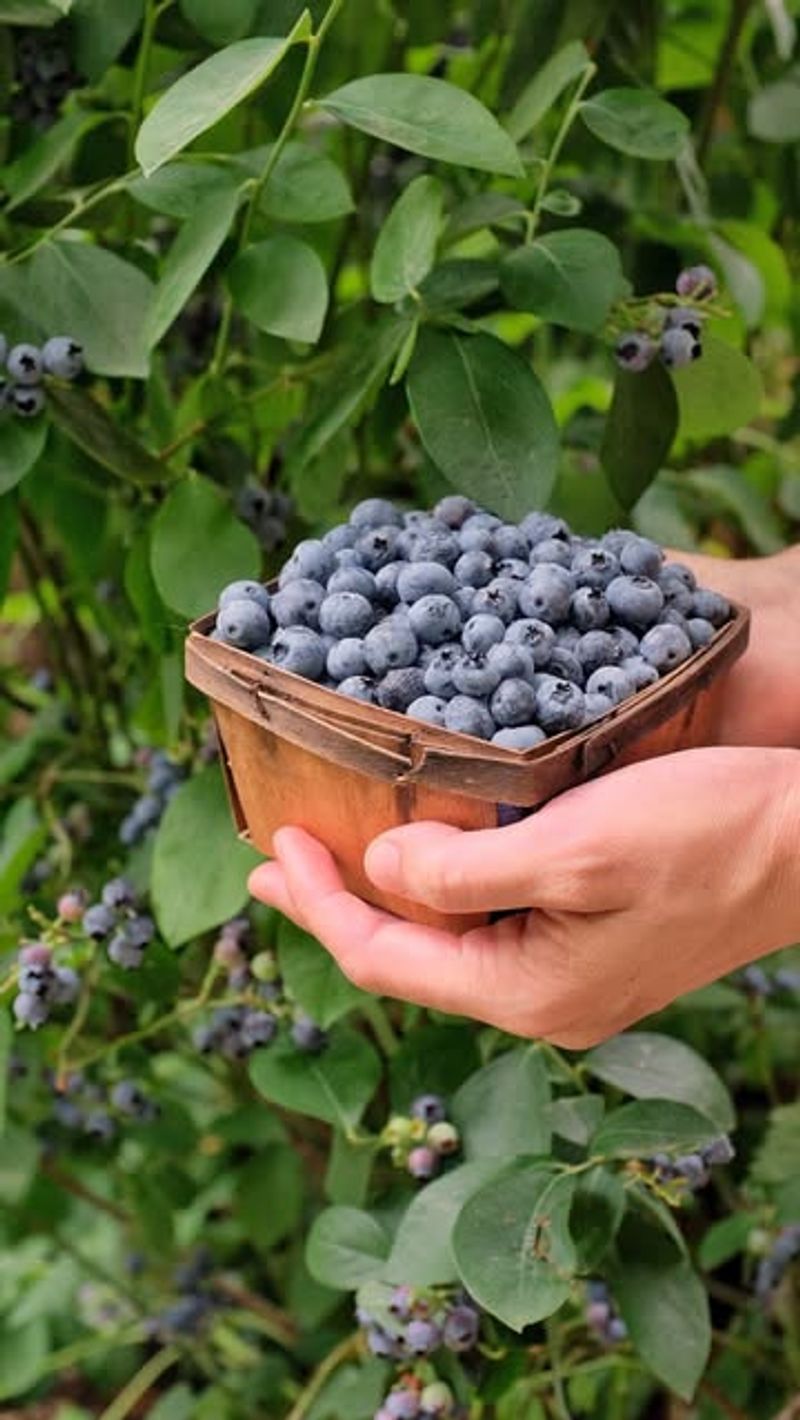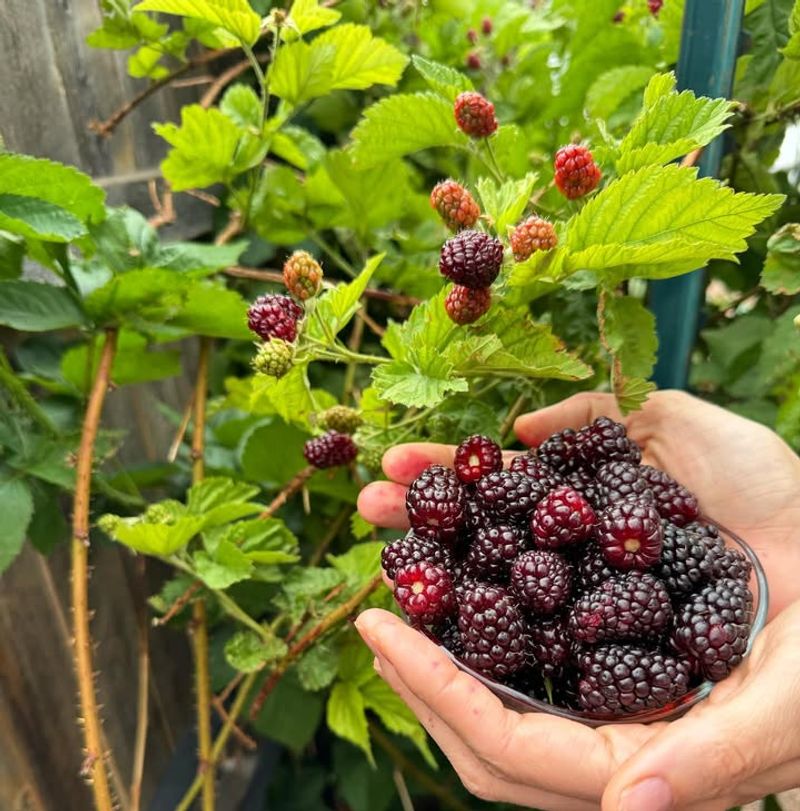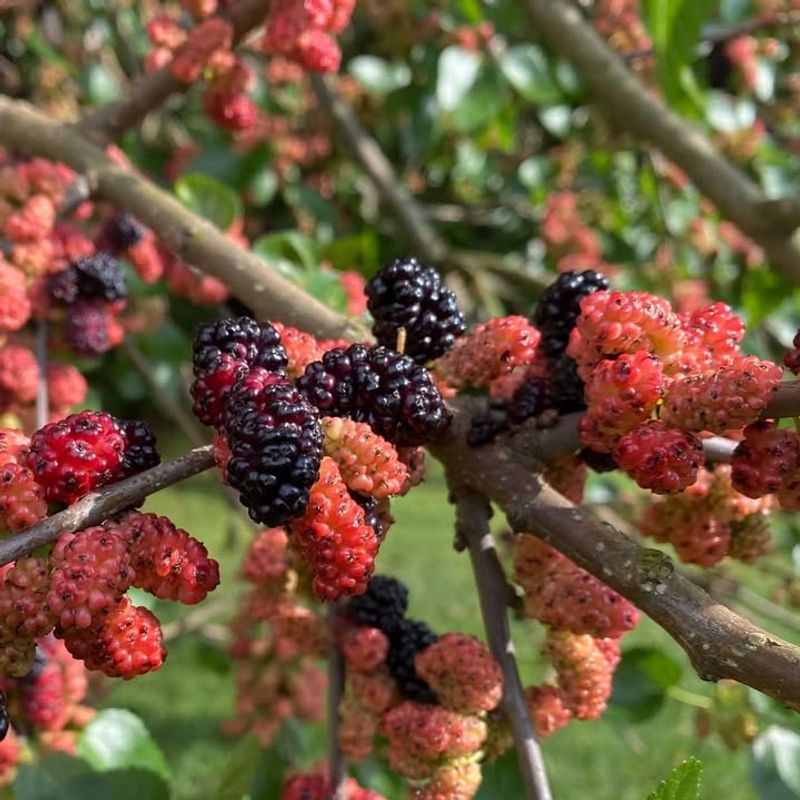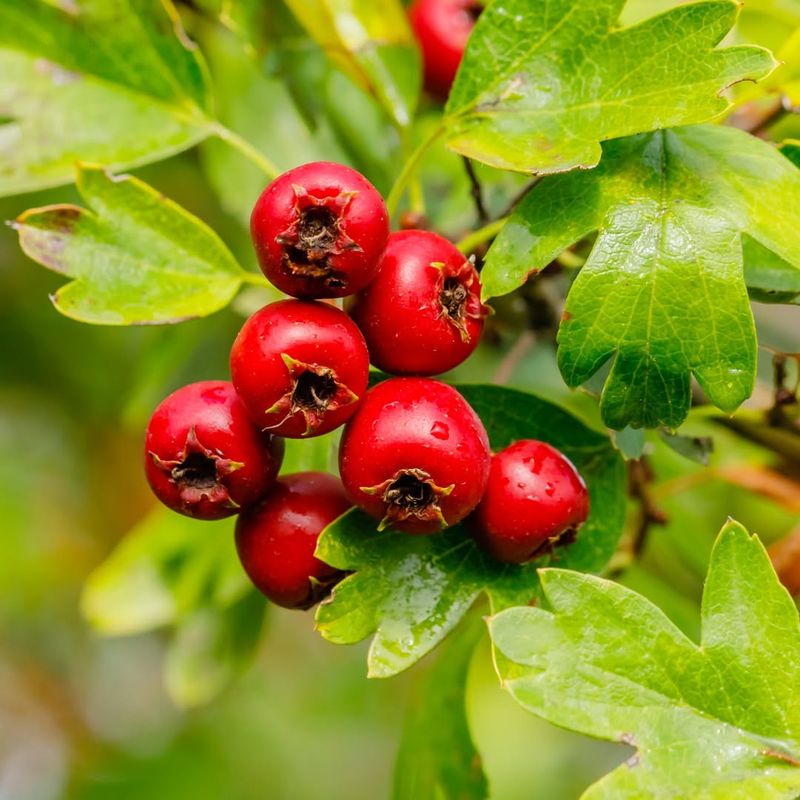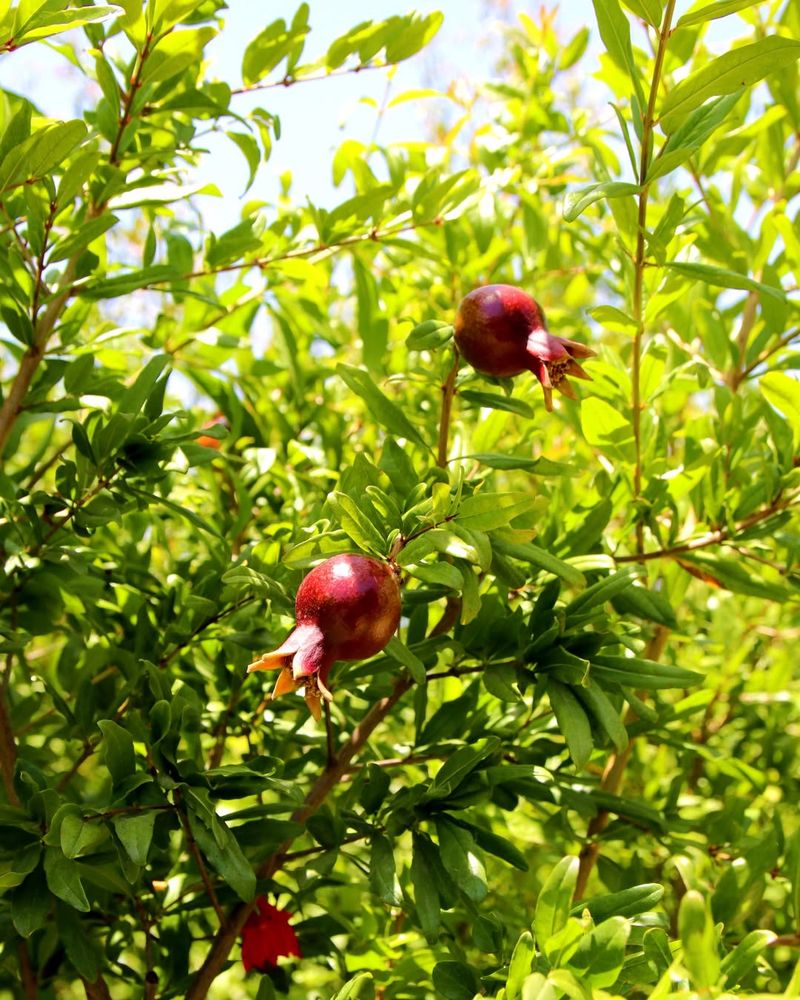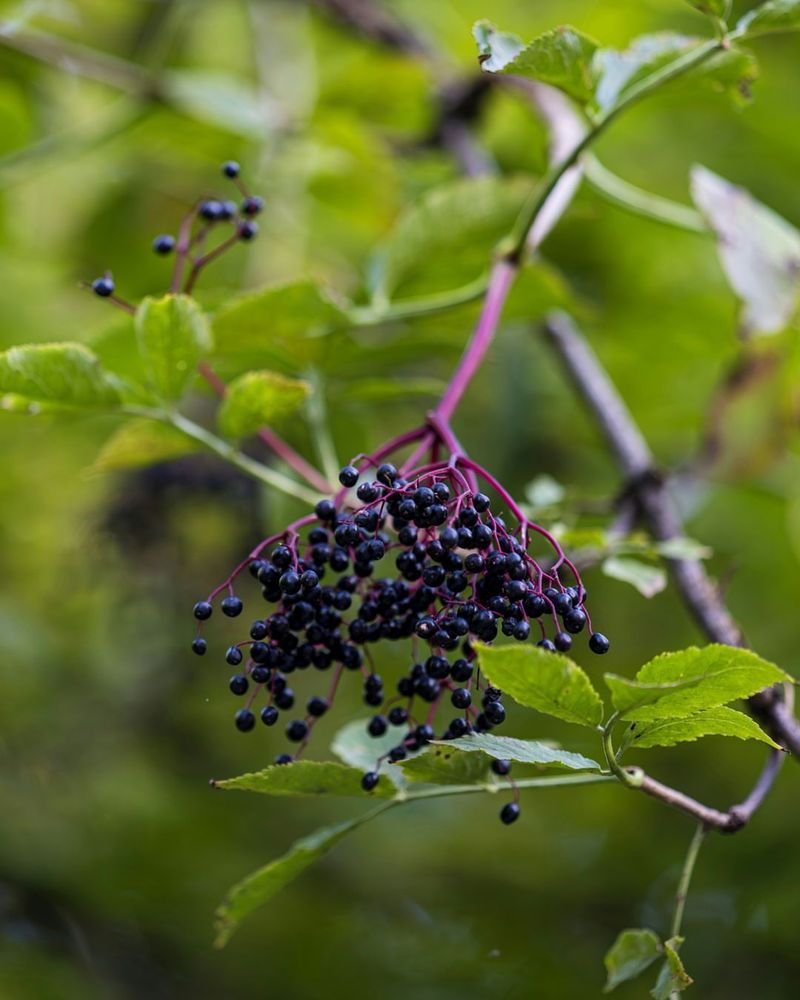October is a great month for Alabama gardeners to think ahead about next season’s harvest. These 12 fruit seeds have the best chance to thrive in Alabama’s climate.
Planting them now can mean a stronger, healthier crop next year. Let’s look at which seeds deserve your attention this fall.
1. Apples
Fall is prime time for starting apple trees from seeds in Alabama’s northern counties. The natural cold stratification during winter helps break seed dormancy naturally.
Choose varieties like Arkansas Black or Anna that perform well in the state’s climate. Just remember that apple trees from seed may not produce fruit identical to their parent.
2. Persimmons
Native to Alabama, American persimmon seeds can be planted right after enjoying the fruit. Their deep taproot develops better when directly sown rather than started in containers.
Alabama gardeners often have success with this native treasure when planted in well-drained soil. The trees are remarkably drought-tolerant once established and produce sweet fruit after several years.
3. Pawpaws
Growing throughout Alabama’s woodlands, pawpaw seeds need cold stratification to germinate. October planting allows this process to happen naturally over winter.
Many Alabama gardeners don’t realize this native fruit produces custard-like flesh with tropical flavors. Plant fresh seeds about an inch deep in humus-rich soil where they’ll receive dappled shade.
4. Pecans
A southern tradition, pecan trees thrive in Alabama’s climate when started from nuts in fall. The taproot develops best when directly planted rather than transplanted.
Alabama’s soil conditions are perfect for these majestic trees. Just remember to plant at least two varieties for proper pollination and expect to wait 7-10 years before harvesting your first significant crop.
5. Muscadines
These native grapes grow wild throughout Alabama and their seeds establish well when fall-planted. The natural cold period helps break seed dormancy for better spring germination.
Alabama’s climate is perfect for muscadines, which love the warm summers and mild winters. Seeds take patience – expect 3-5 years before fruiting, but the sweet reward is worth the wait.
6. Figs
Surprisingly adaptable to Alabama’s growing conditions, fig seeds can be started in October for indoor growing. Keep them in a bright window through winter before transitioning outside after frost danger passes.
Many Alabama gardeners prefer cuttings, but seed-grown figs develop stronger root systems. The seeds are tiny, so barely cover them with soil and keep consistently moist until germination.
7. Blueberries
Rabbiteye blueberries are perfectly adapted to Alabama’s acidic soils and climate. October planting gives seeds the cold stratification needed for spring germination.
Alabama gardeners often have success with varieties like Tifblue and Climax. The seeds need acidic soil with a pH between 4.5-5.5, so mix in some peat moss when planting for best results.
8. Blackberries
Wild blackberries flourish throughout Alabama, and October is perfect for planting seeds from summer-harvested berries. The winter cold period breaks seed dormancy naturally.
Many Alabama homesteaders collect wild blackberry seeds for cultivation. Plant them in a sunny location with well-draining soil, and thin seedlings to 3-4 feet apart once they reach a few inches tall.
9. Mulberries
Growing throughout Alabama, mulberry trees produce abundant fruit for humans and wildlife alike. Fall-planted seeds receive natural cold stratification, improving germination rates.
Alabama’s climate supports both red and black mulberry varieties. The seeds germinate readily, sometimes too readily – be careful where you plant them as they can become somewhat invasive in the perfect Alabama conditions.
10. Mayhaws
These native hawthorns produce small apple-like fruits and grow naturally in Alabama’s wetland areas. October planting allows seeds to receive the cold period they need to break dormancy.
Few Alabama gardeners realize mayhaws make exceptional jellies and preserves. Plant the seeds in moist but well-draining soil and provide some protection from afternoon sun in their first year.
11. Pomegranates
Surprisingly well-suited to Alabama’s climate, pomegranate seeds can be started indoors in October. Keep them in a sunny window through winter before transplanting in spring.
Alabama’s long growing season gives pomegranates plenty of time to ripen. The seeds germinate easily – simply clean them from the fruit, let them dry for a few days, then plant in light, well-draining soil.
12. Elderberries
Native elderberries grow throughout Alabama and their seeds establish well when fall-planted. The winter cold naturally stratifies the seeds for better spring germination.
Alabama gardeners value elderberries for both ornamental and practical uses. Plant seeds in moist, rich soil and provide some afternoon shade, especially in Alabama’s warmer southern regions.

